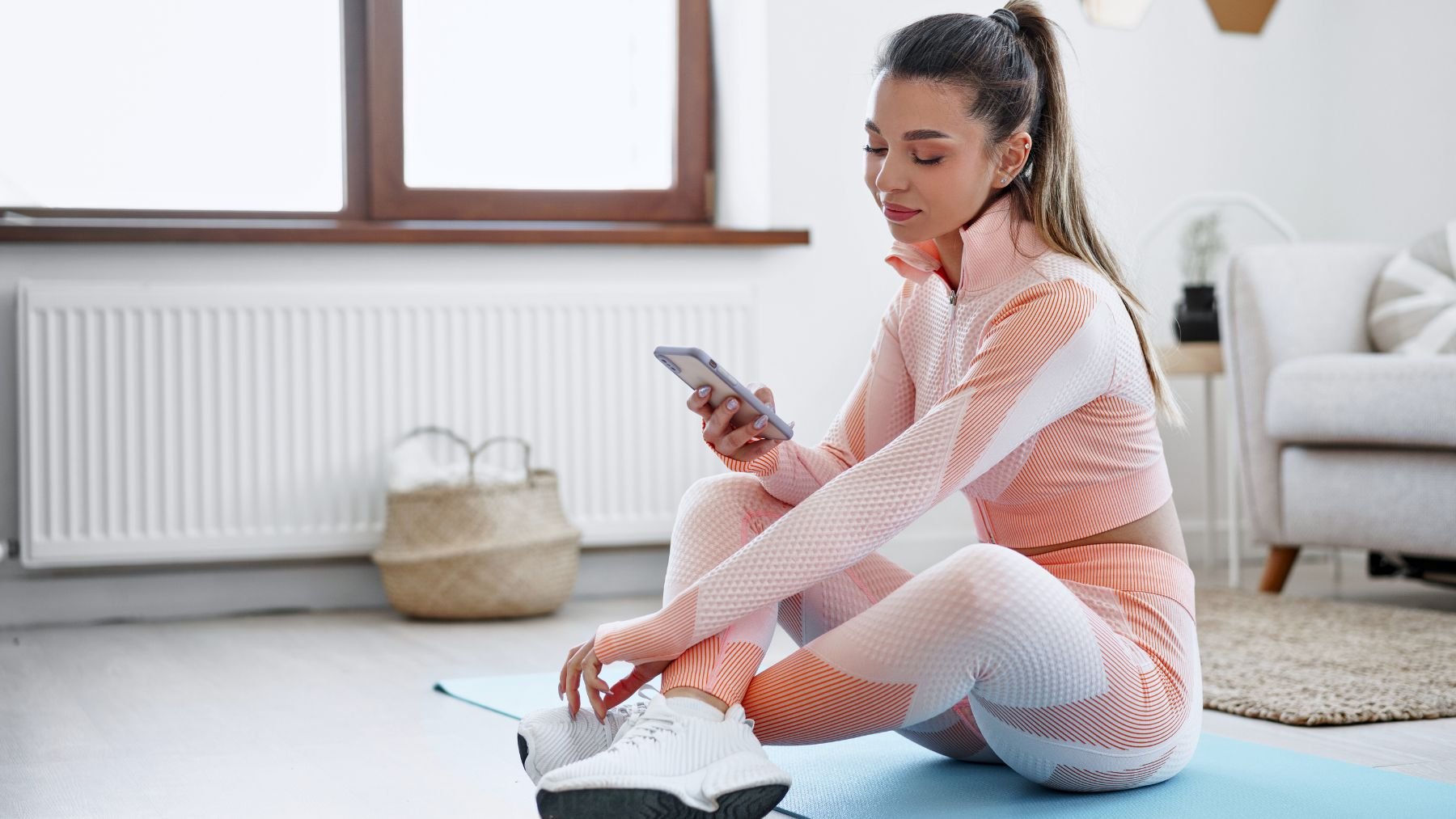Walking gets you moving, and it should be part of your daily routine. However, if you want to move with greater ease—feeling less stiff, reaching further, and bending more effortlessly—a more deliberate approach is needed. One way to complement this workout is to engage in targeted mobility and flexibility work. Remarkably, your iPhone can help you incorporate these practices very simply.
In this guide, we’ll discuss why mobility and flexibility are essential to promote efficient movement, not just for athletes but for anyone aiming to enhance functional fitness. Next, we will demonstrate how to use your iPhone’s timer to design effective mobility routines in your own home. No special apps are required, just the clock you already have.
Why your body needs more than just steps
Walking improves cardiovascular health and burns calories, but it often fails to alleviate the stiffness that develops from prolonged sitting, driving, or repetitive motions. This can restrict your joints’ natural range of motion, a critical aspect of mobility. Incorporating dynamic stretching, yoga, Pilates, foam rolling, and even ergonomic corrective exercises can help restore full joint function and enhance your movement.
Although flexibility and mobility are related, they refer to distinct aspects of movement. Flexibility pertains to how far your muscles can stretch passively, whereas mobility involves the active control and range of motion of your joints.
Having good mobility means you can move freely in daily activities and exercise, reducing aches and lowering the risk of injury. It also supports improved posture, accelerates recovery, and counteracts the tightness of modern sedentary lifestyles.
Turn your iPhone into your fitness coach
Your iPhone’s timer is a powerful tool for mobility training. It offers structure and ensures you allocate equal time to each side of your body. Instead of relying on complex apps, the simplicity of the basic timer function is ideal. Here is how to use it effectively for a straightforward routine:
- Pace your movements: Set the timer for 30 seconds. Perform controlled joint circles, such as arm circles or ankle circles. Maintain the motion for 15 seconds in one direction, then promptly switch to the opposite direction for the remaining 15 seconds.
- Hold stretches: For postures such as the Cat-Cow (performed on hands and knees by alternately arching and rounding your back) or the 90-90 hip stretch (sitting with legs bent and gently dropped to the sides), set a hold of 20 to 30 seconds. Concentrate on maintaining smooth, deep breathing during each stretch.
- Time active exercises: For dynamic movements such as deep squats (lowering your hips as far as is comfortable) or hip circles (standing and executing large circular motions with your hips), set the timer for 45 to 60 seconds. Continue moving smoothly within your comfortable range. The timer provides a gentle prompt to keep you active.
This method helps you define how long to dedicate to each movement, making your routine both efficient and consistent. Begin with shorter intervals and gradually increase them as you build comfort and confidence. Consistent practice can produce superior results compared to sporadic, extended sessions.

